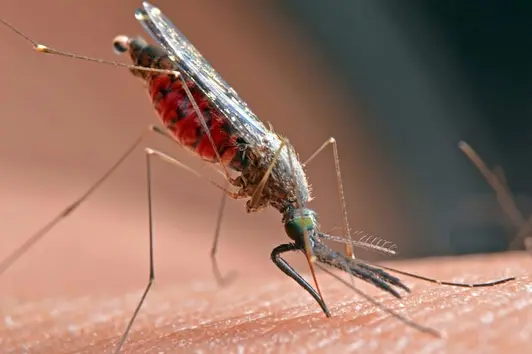T4K3.news
St Louis Encephalitis detected in Salt Lake mosquitoes
CDC confirms detection in northern Utah; officials urge bite prevention and mosquito control.
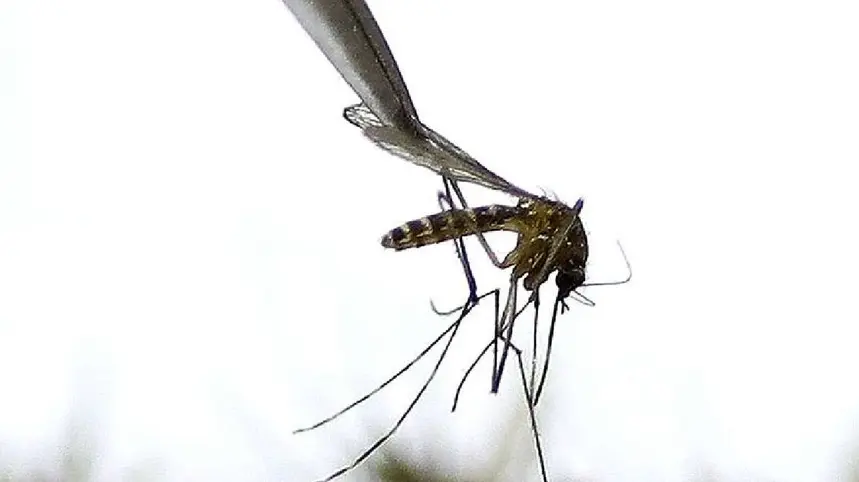
St Louis Encephalitis virus has been found in Salt Lake County mosquitoes, marking the first northern Utah detection.
St Louis Encephalitis detected in Salt Lake mosquitoes
Health officials say the St Louis Encephalitis virus has been found in mosquitoes in Salt Lake County. The CDC confirms this year marks the first detection of the virus in northern Utah. Earlier detections occurred in southern Utah and in Millard County, with birds in Utah County noted in 2005 and a human case in 2016 whose source was not determined. Mosquitoes from several county locations tested positive, and authorities urge residents to take precautions since mosquitoes can travel miles.
Symptoms of the virus resemble those of West Nile virus; most people do not have symptoms. When they occur, symptoms can include fever, headache, vomiting and fatigue, and a small share may develop a neuroinvasive form that can cause tremors, disorientation or paralysis. Like West Nile, SLEV can cause long term disability or death in rare cases. There is no vaccine or medicine for SLEV, so prevention rests on avoiding bites. Officials recommend using EPA registered repellent, wearing long sleeves and pants after dusk, draining standing water in yards, clearing debris from gutters, and cutting weeds and tall grass to reduce shaded resting sites. Health officials say residents should stay cautious until the first frost.
Key Takeaways
"St Louis Encephalitis virus is not transmitted from person to person outside of blood transfusion"
Health officials note mode of transmission
"There are currently no vaccines or medications for the virus"
Official statement on treatment options
"adult mosquitoes look for these shady places to rest during the hot daylight hours"
Mary Hill on where mosquitoes hide
This report highlights a broader public health pattern: rare viruses can surface when surveillance networks meet shifting weather and wildlife patterns. The Salt Lake County findings show that mosquito borne threats are ongoing and require constant attention, not a one off warning. With no vaccine, the community depends on clear guidance and steady funding for vector control and testing.
The story also tests how authorities communicate risk. Clear, practical steps matter as much as the urgency. Sustained investment in surveillance, mosquito control and clinician awareness will shape how seriously residents take the threat and how quickly public health can respond to new detections.
Highlights
- Vigilance now keeps communities safer tomorrow
- Surveillance plus prevention keeps people safe
- Facts guide public health over fear
Public health risk tied to mosquito borne disease and funding needs
The detection raises concerns about public reaction and the need for sustained funding for vector control and communication strategies. Without vaccines, the community relies on prevention and surveillance, which require resources.
Public health work thrives on clear information and steady support from the community.
Enjoyed this? Let your friends know!
Related News
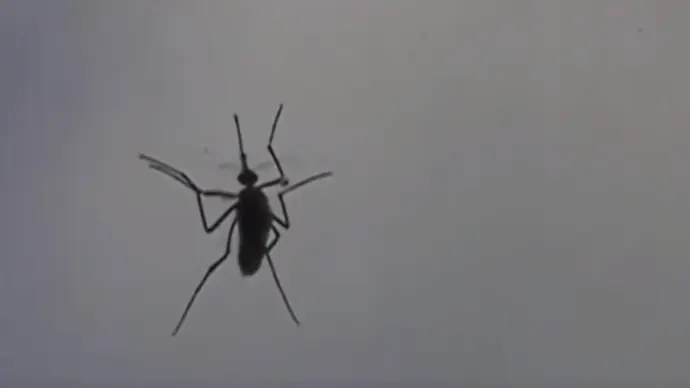
Rare virus detected in Salt Lake County mosquitoes

Mosquitoes top Florida health risk
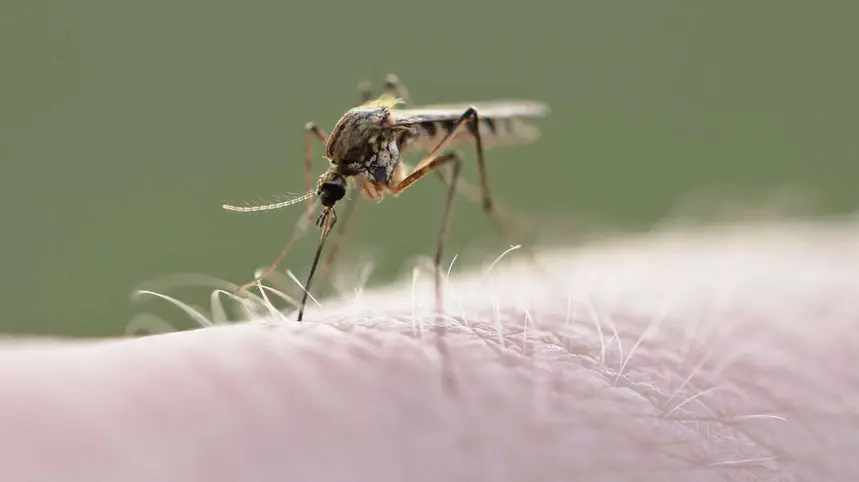
Three West Nile virus cases confirmed in Utah counties
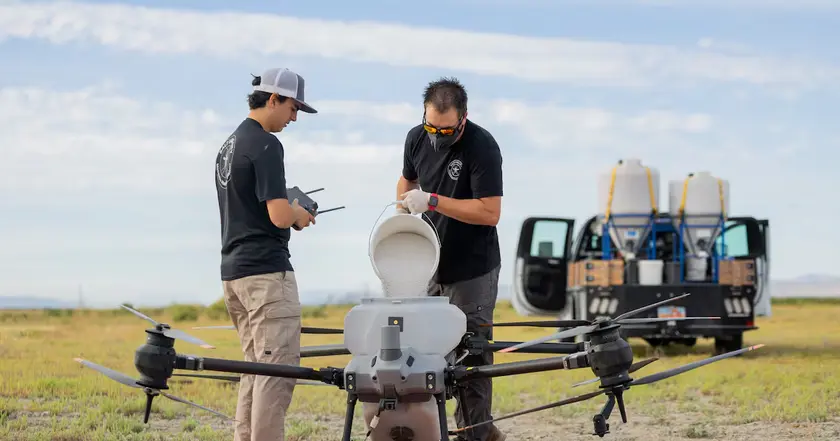
Drones deployed to curb West Nile virus in Utah

MLB considers eight-division realignment

West Nile virus case confirmed in Utah

MLB expands and realigns
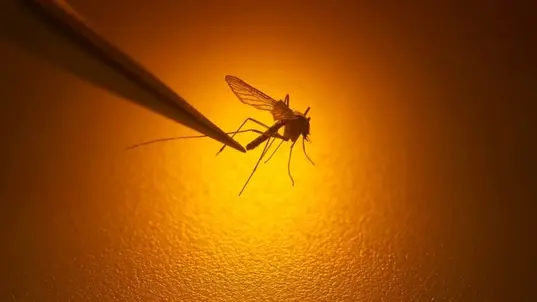
Mosquitos in Massachusetts test positive for EEE virus
